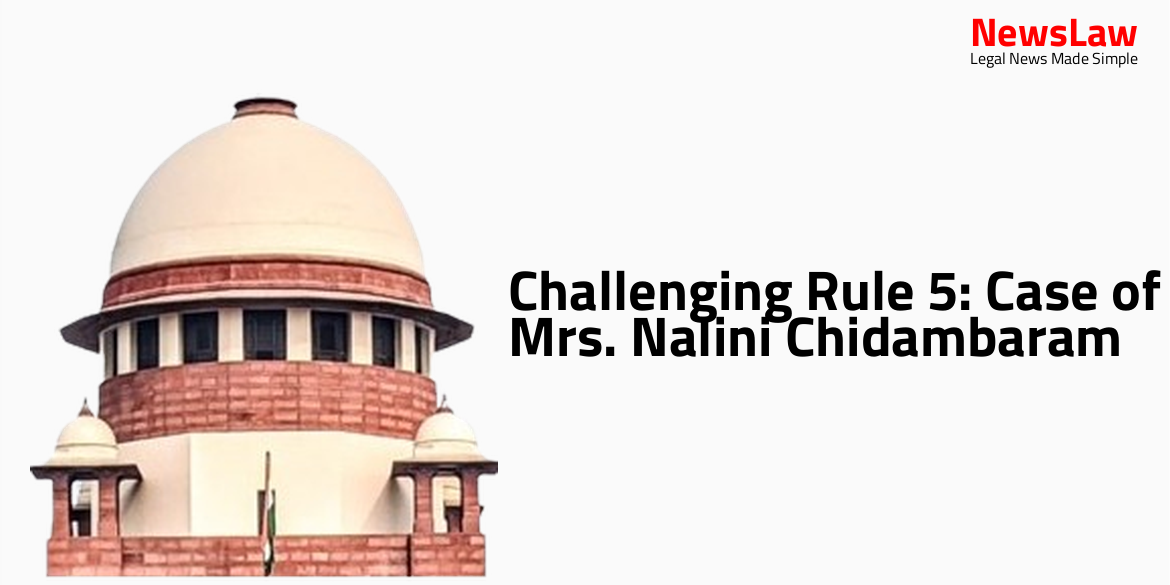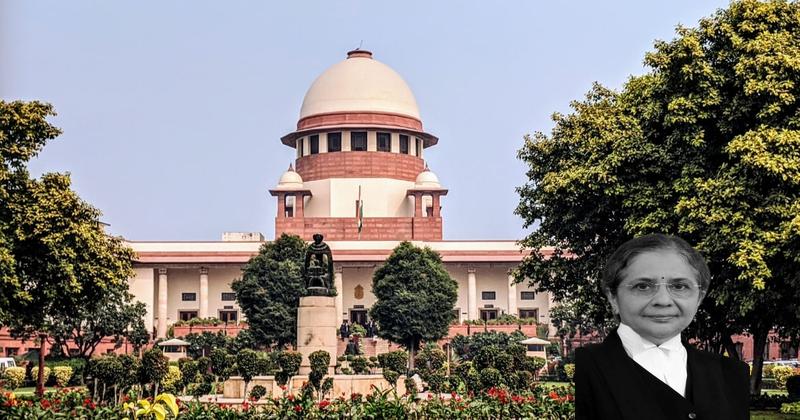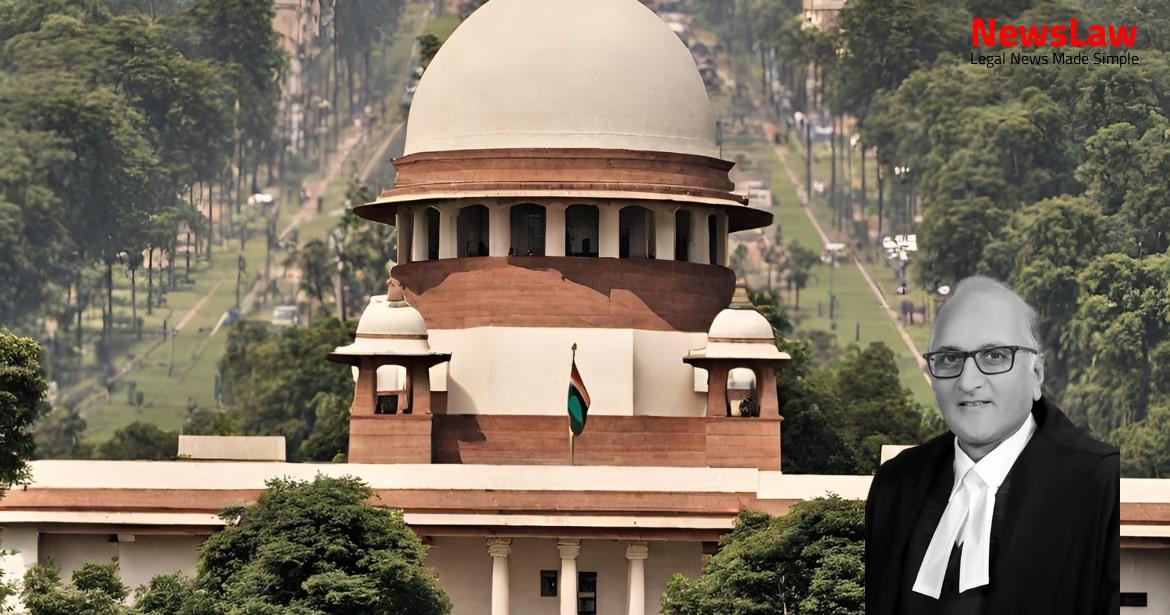In a landmark judgment, the Supreme Court of India has ruled on the jurisdictional dispute between Krishna Wax (Pvt.) Ltd. and the Central Excise Department, setting a precedent for future cases in the excise domain. This decision marks a crucial milestone in clarifying the boundaries of authority in excise matters, shaping the legal landscape for businesses and regulatory bodies alike.
Facts
- M/s. Krishna Wax (Pvt.) Ltd. filed a writ petition in High Court at Calcutta challenging the jurisdiction of the Assistant Commissioner of Central Excise.
- High Court directed the Assistant Commissioner to decide on the preliminary objection regarding jurisdiction before proceeding further.
- A show cause notice was issued to M/s. Krishna Wax (Pvt.) Ltd. by the Commissioner of Central Excise, Haldia, based on a search conducted at their premises.
- High Court disposed of the petition by directing the Commissioner to decide on the preliminary objection raised by the company.
- The company approached High Court again with a new writ petition, which was disposed of, allowing them to challenge the jurisdiction of the concerned Respondents.
- An appeal was filed before the Tribunal by the Appellant, which was dismissed on the basis of lack of reply to the show cause notice and absence of adjudication.
- The company filed an appeal before the Commissioner of Central Excise (Appeals-I) Kolkata, challenging an internal order dated 15.03.2006.
- An objection was raised that the appeal was premature as no reply was filed to the show cause notice and no adjudication had taken place.
- The Tribunal concluded that the decision dated 15.03.2006 was appealable before the Commissioner (Appeals) under Section 35 of the Act.
- The decision was considered to entail civil consequences.
- The process undertaken by the Respondent was determined not to amount to manufacture.
Issue
- Central Excise Duty of Rs.1,56,31,712.00 and Education Cess of Rs.2,11,007.00 were demanded to be paid.
- The Respondent is called upon to show cause regarding the demands made.
- Reasons for demanding the mentioned amounts were considered.
- The Respondent is asked to justify why the amounts should not be recovered under the extended proviso to Section 11A of the Act.
- The Respondent is asked to provide reasons why interest should not be charged as per Section 11 AB of the Act.
Also Read: CRPF Act: Validity of Rule 27 for Compulsory Retirement – Case of Head Constable vs. CRPF
Arguments
- Ms. Bagchi argued that no adjudication process had taken place in the matter.
- She mentioned that in cases like the present one, where manufacturing was done and goods were cleared without paying Excise Duty, the Show Cause Notice covers both the issue of whether the process amounts to manufacture and the resultant liability.
- Ms. Bagchi suggested that the proceedings should continue based on the Show Cause Notice until a logical conclusion is reached.
- Ms. Christi Jain, on the other hand, claimed that the assessment of the process as manufacture was done without giving any opportunity for a hearing to the Respondent.
Also Read: DAMEPL vs. DMRC: Curative Petition and Arbitral Award Restoration
Analysis
- The communication of the Internal Order dated 15.03.2006 was in deference to the High Court’s direction.
- The Act does not require a prima facie determination to be communicated before initiating proceedings.
- The respondent’s remedy lies in replying to the show cause notice to raise objections to jurisdiction.
- The Internal Order was communicated to the respondent only due to the High Court’s directions.
- The Act being a complete code itself suggests raising objections before the issuing authority.
- The imported Slack Wax is in a semi-solid form and was not paying excise duty.
- The process involved cannot be deemed incidental to manufacturing.
- Show cause notice under Section 11A is significant and requires opportunity for being heard.
- The search revealed material on which the Department was considering the matter.
- A writ petition was entertained by the High Court without a show cause notice being issued initially.
- The Department’s view before issuing show cause notices is only prima facie and must be considered during the response phase.
- The process undertaken by the department was mainly manual with marginal hydraulic pressure use.
- The party challenging the Internal Order was not entitled to appeal under the Act’s provisions.
- All aspects, including manufacturing determinations, are to be examined during the show cause notice response.
- Appeals against internal orders were not justified as they were not final determinations under Section 11A.
- – The service of notice can be stayed by an order of a court or tribunal, and the period of stay is excluded when computing the time limit of one year or five years for issuing notices.
- – If the notice issued for charges of fraud, collusion, wilful mis-statement, or any contravention is found unsustainable by an appellate authority, the duty of excise is determined as if the notice was issued under a different clause.
- – The Central Excise Officer determines the duty payable after giving the concerned person an opportunity to be heard.
- – The duty amount must be determined within specific time limits depending on the nature of the case.
- – If the appellate authority modifies the duty amount, the penalties and interest are also modified accordingly.
- – There are provisions for cases where duty has not been paid due to fraud, collusion, misstatement, or contravention, and a notice must be served within five years from the relevant date.
- – The Central Excise Officer can issue subsequent statements for duty not paid or short-paid, with similar grounds as mentioned in earlier notices.
- – In cases where the duty is self-assessed and declared in periodic returns, the recovery process differs as prescribed.
- – Different criteria are provided to determine the ‘relevant date’ for various scenarios related to duty payment or refund.
- – The provision of section 11A governs the recovery of duties not levied or paid, short-levied or short-paid, or erroneously refunded.
- – The recovery process also applies to interest amounts not paid, part-paid, or erroneously refunded.
- The decision in GKN Driveshafts (India) Ltd. was made in the context of Section 148 of the Income Tax Act.
- The case of Union of India and another vs Guwahati Carbon Limited established that the Excise Law is a complete code for seeking redress in excise matters, making it less suitable for a writ court to entertain petitions under Article 226 of the Constitution.
- Malladi Drugs and Pharma Ltd. vs. Union of India highlighted the importance of raising objections before the Authority who issued a show cause notice before approaching the High Court.
Decision
- A copy of the order shall be furnished to the petitioner within a week
- The petitioners are required to submit their reply to the Show Cause Notice within four weeks
- The appeal allowed, setting aside the previous orders and directing the proceedings to continue
- The respondent has three weeks to respond to the show cause notice and provide supporting materials
- The matter will proceed in accordance with the law
Case Title: COMMR.OF CENTRAL EXCISE COMMISSIONERATE Vs. M/S KRISHNA WAX (P) LTD.
Case Number: C.A. No.-008609 / 2019



